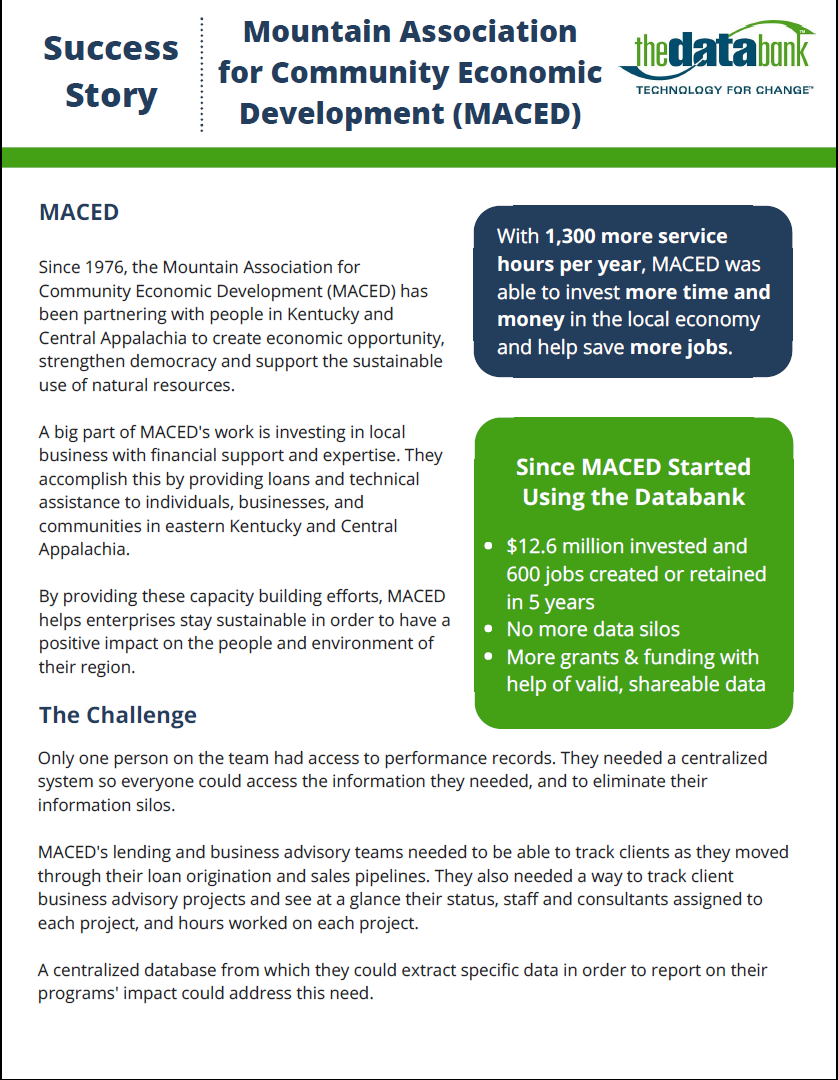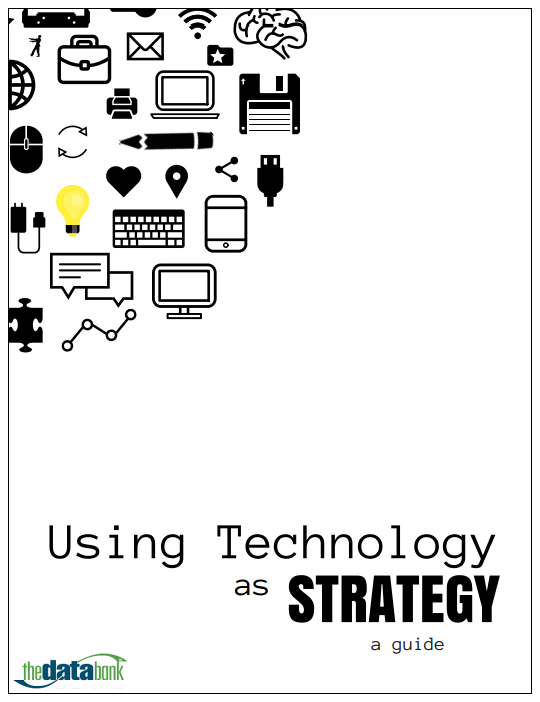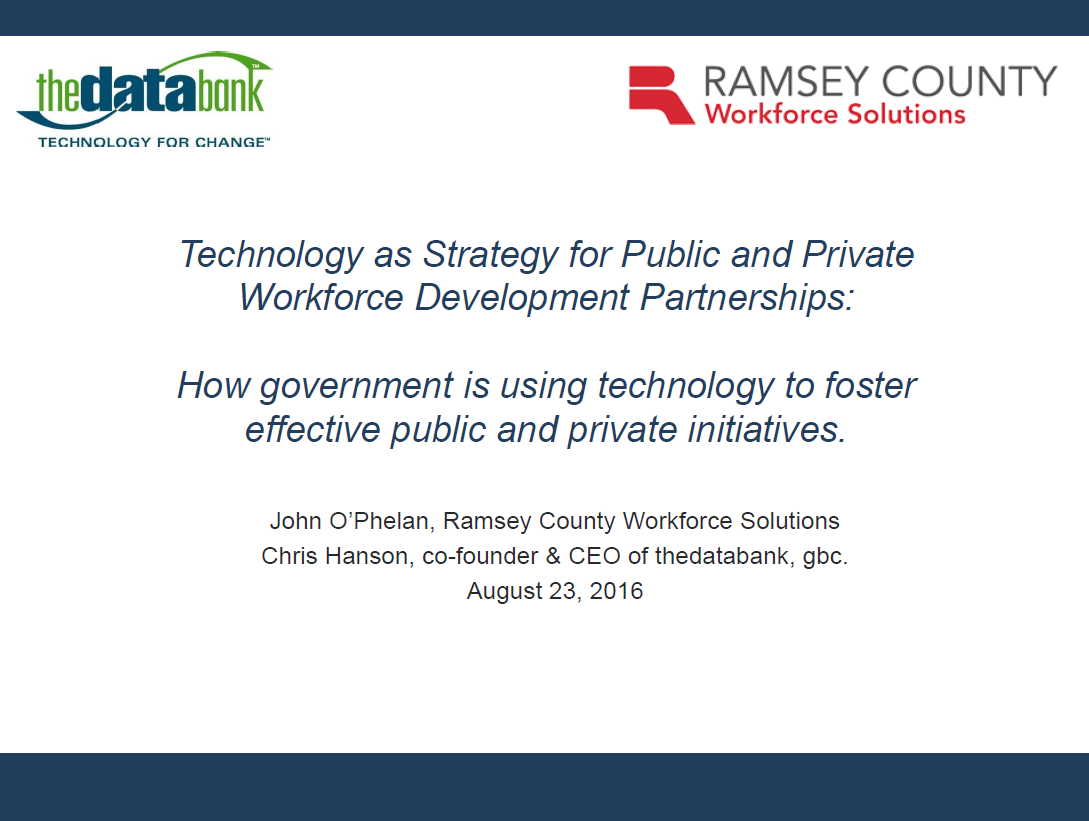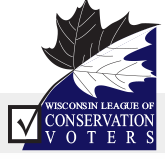
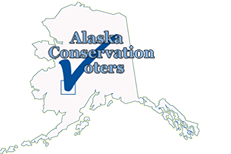 The national League of Conservation Voters used a competition between all the state-level affiliates to generate interest for members to become monthly donors. The organization that could gain the most monthly donors in the limited time-frame was given a grand prize of $1,000 to help their cause. The top two competitors were Databank clients Wisconsin LCV and Alaska LCV. The two organizations then took the national competition a step further to make their competition even more interesting to their donors – they started a friendly feud.
The national League of Conservation Voters used a competition between all the state-level affiliates to generate interest for members to become monthly donors. The organization that could gain the most monthly donors in the limited time-frame was given a grand prize of $1,000 to help their cause. The top two competitors were Databank clients Wisconsin LCV and Alaska LCV. The two organizations then took the national competition a step further to make their competition even more interesting to their donors – they started a friendly feud.
Recent trends in the nonprofit sector are to focus on gaining more monthly donors over one-time gifts. In many cases this not only increases the total amount in contributions from a donor for the organization, but it can help donors feel more involved with the organization by having that month to month contact. Two environmental organizations used a fun and compelling campaign to increase support and monthly donors from their current members.
“This means War!”
When the Alaska-based group sent out a PowerMail™ saying they were going to “take down the cheeseheads,” it set off a series of e-blasts between the two organizations and started a friendly competition. The Wisconsin group replied with their own PowerMail™ declaring “this means war!” riling up supporters from both states into action.
A little friendly banter goes a long way in getting people psyched about a cause, both internally and externally. “We are fortunate because we have a competitive staff,” Angela West Blank, Development Director from the Wisconsin League of Conservation Voters, said. “It is great to have a group that is very, very motivated.” The LCV affiliates were able to move their members and potential donors into action by making the decision to be a monthly donor exciting and important to the individual members.
Wisconsin used lists in the Databank to find “low hanging fruits” in their donor databank. “One thing that worked a lot for us is that we took the low hanging fruit approach, calling people who we thought would be more inclined to join, like board members and 501c3 members,” West Blank said. “We were also making calls, PowerMails™, Facebook postings, staff member recruitments, and blogs with a monthly donor pitch… I can’t imagine using a primitive system and being able to accomplish what we accomplished.”
Sonya Wellman, Development Director from the Alaska LCV, said the key to their campaign was e-mailing and social media. Using searches in the Databank helped them to track donors and to follow up with the previous year’s donors. “We went into it with not too many expectations, we were trying to see what we could get from the campaign and we were pleased with the results.”
Why encourage their members to become monthly donors instead of annual donors? “Being a monthly donor is better for organizations and for donors,” West-Blank explains, “It’s easier for donors to budget. Those that know they can handle 5-10 dollars a month, it’s like a latte a month for them, but it usually adds up to more in a year than they would have normally given in an annual amount.” Wellman felt the same way, “increasing monthly donations isn’t necessarily much of a burden for our members, but it helps us a lot.”
After the tight race, Wisconsin ended up taking home the LCV Monthly Membership Recruitment Award. Even after the competition, both the Alaska and Wisconsin LCV continue encouraging members to become monthly donors through thedatabank. Wellman says it’s all about the planning. “You need to really decide what you want out of the Databank, and what you want to accomplish in the long run. Be specific, so you know how to track your campaign. Taking time to put in that information can be incredibly valuable later on when looking for potential donors.”
For more information on the League of Conservation Voters, visit www.lcv.org
For more information on the Wisconsin LCV, visit www.conservationvoters.org
For more information on the Alaska LCV, visit www.acvoters.org
Back to main Change Stories page

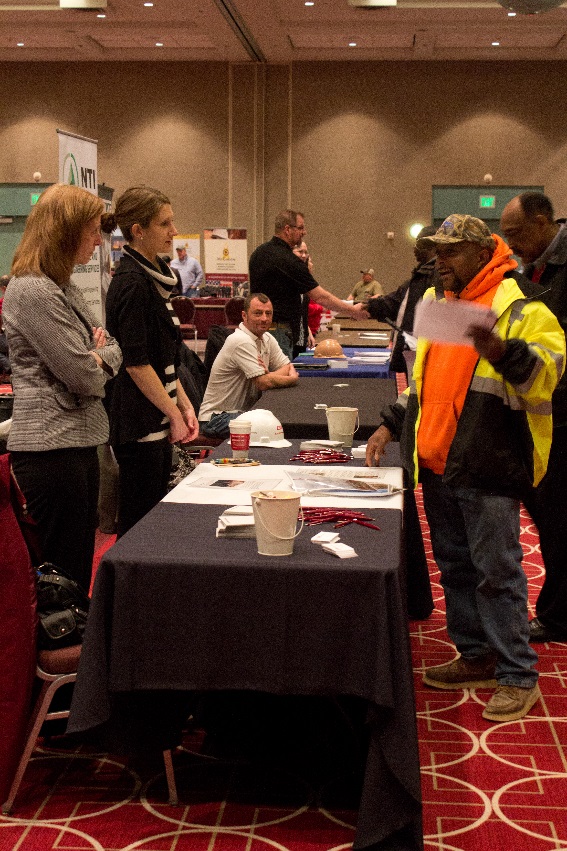

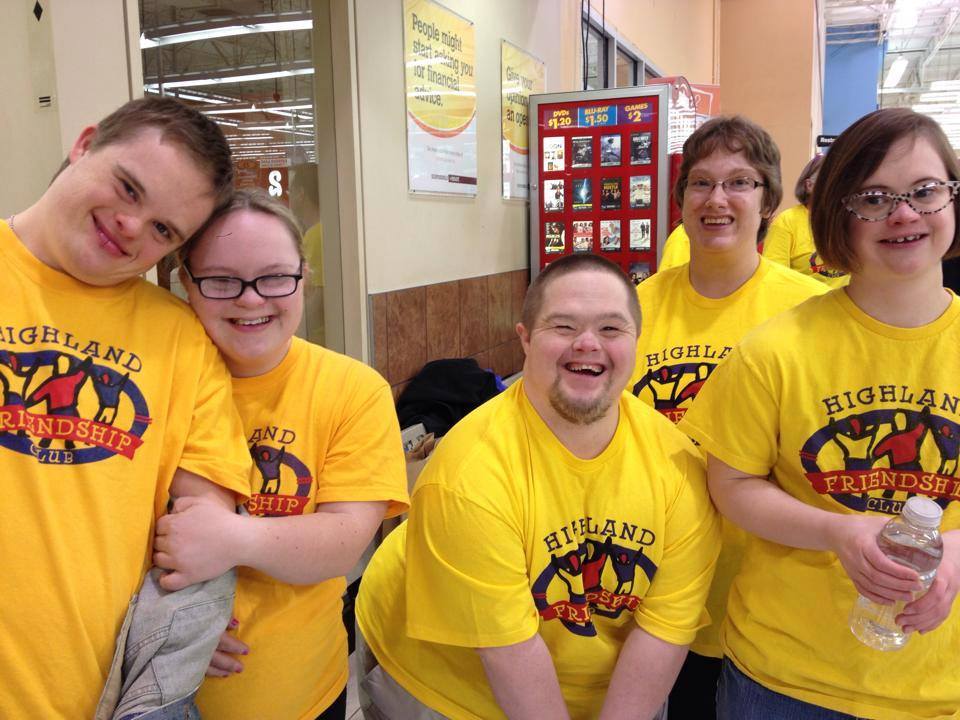

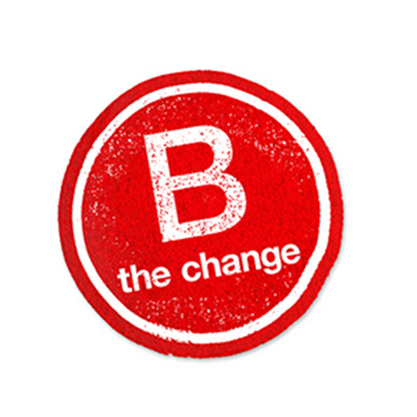


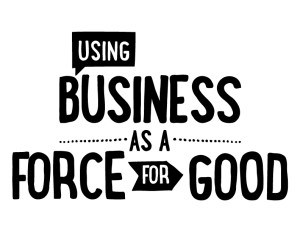
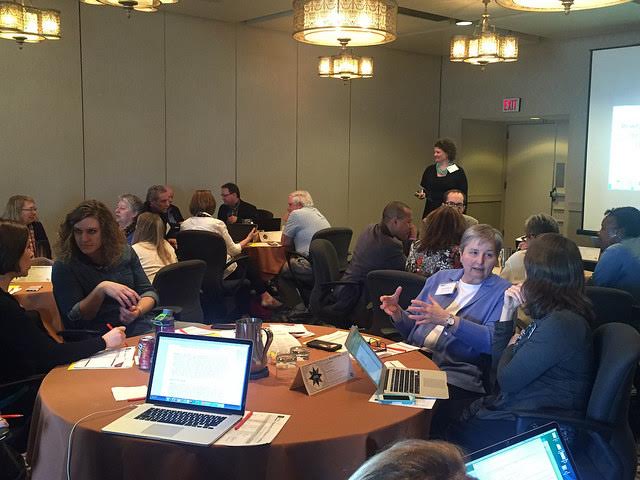
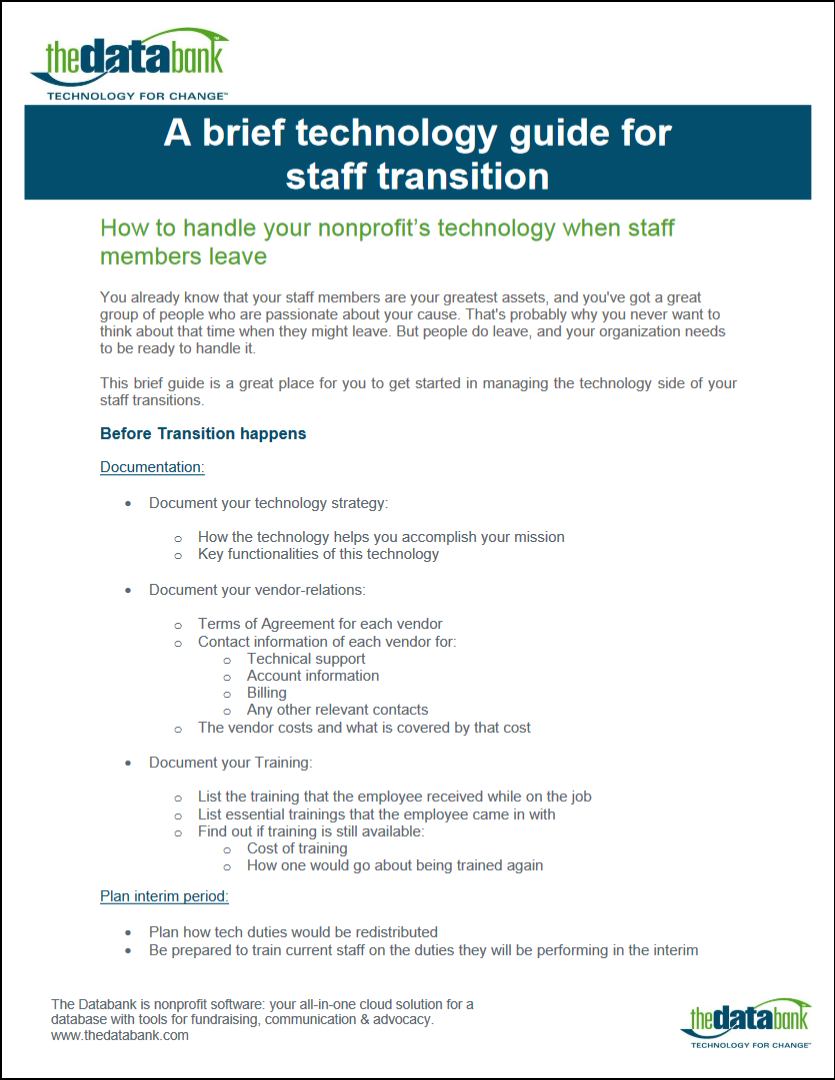

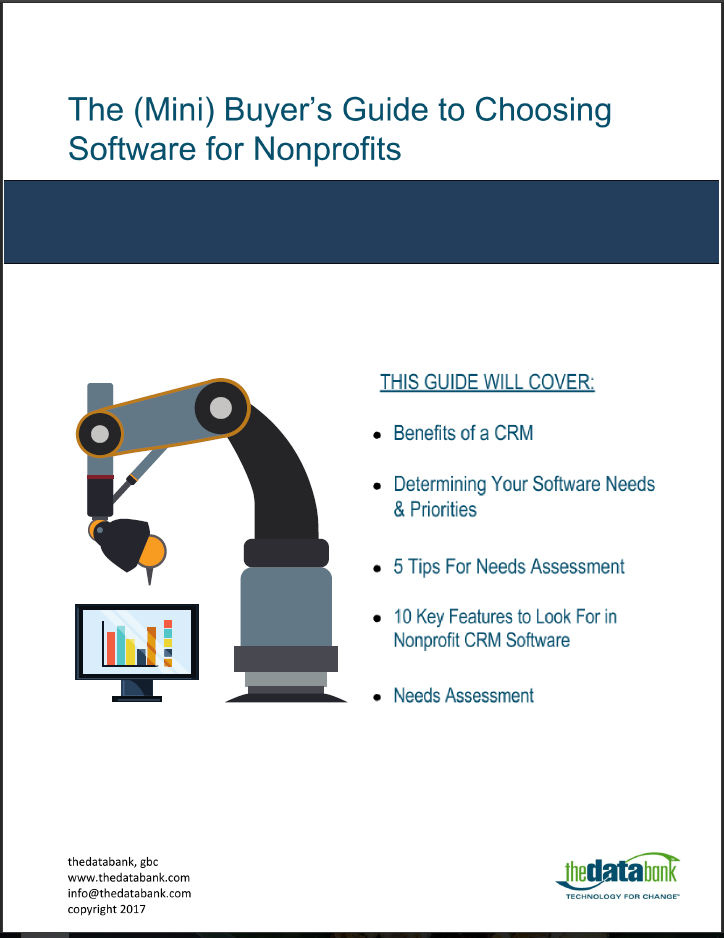
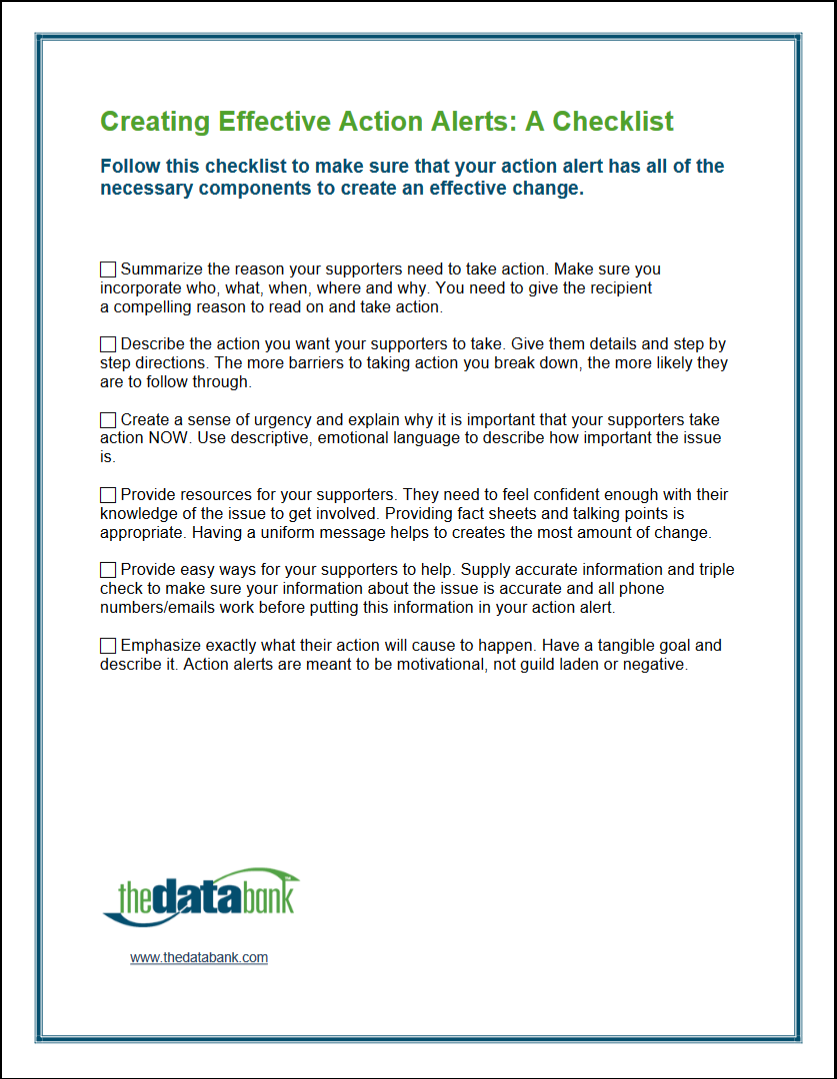

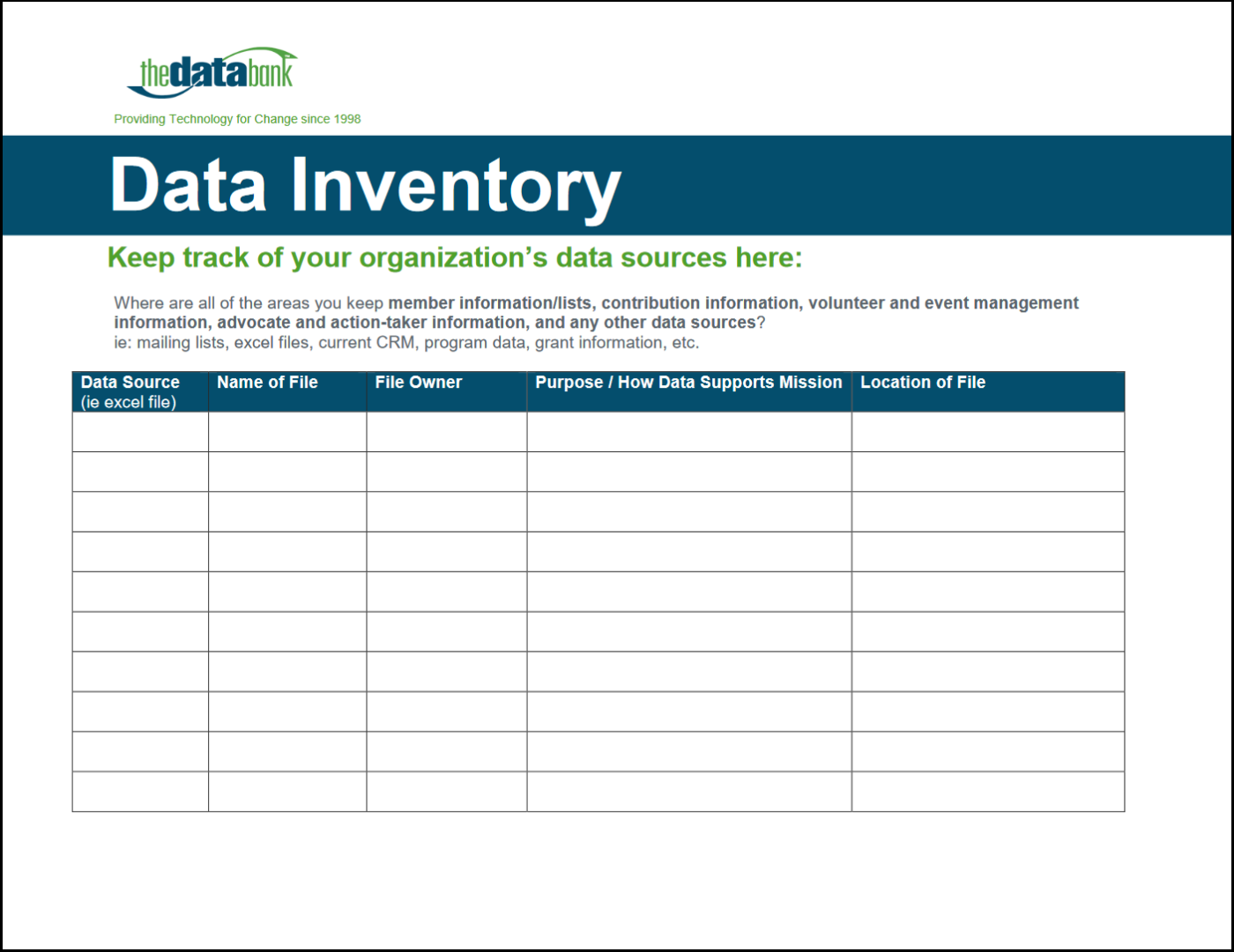


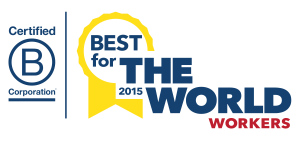

 thedatabank, gbc is technology for change, and we walk the talk.
thedatabank, gbc is technology for change, and we walk the talk. 